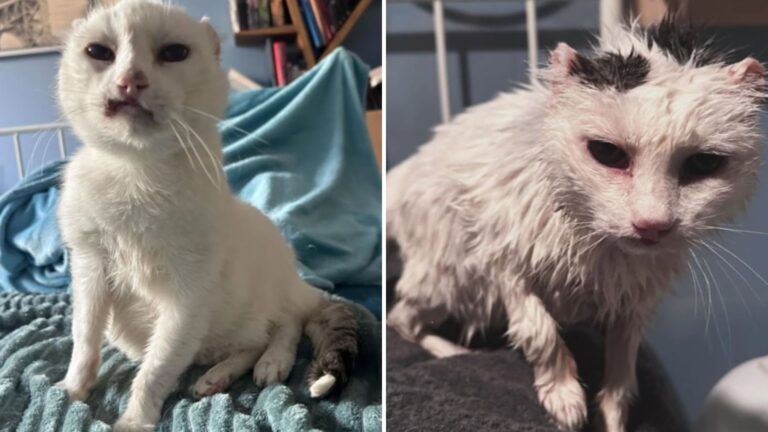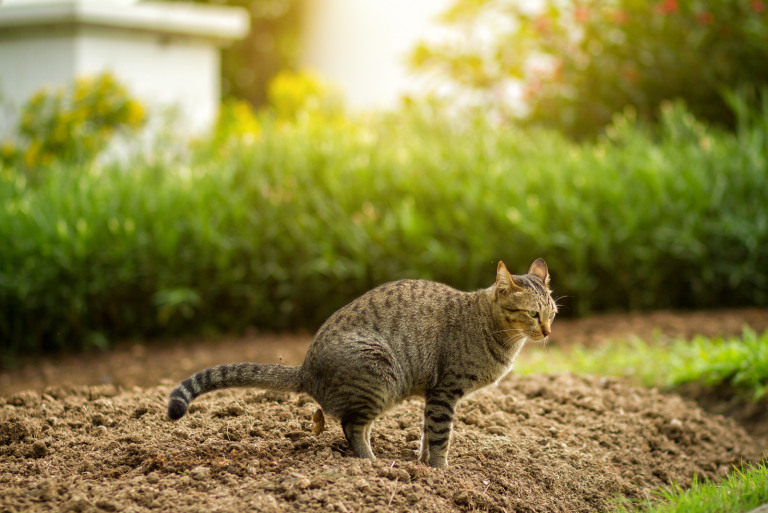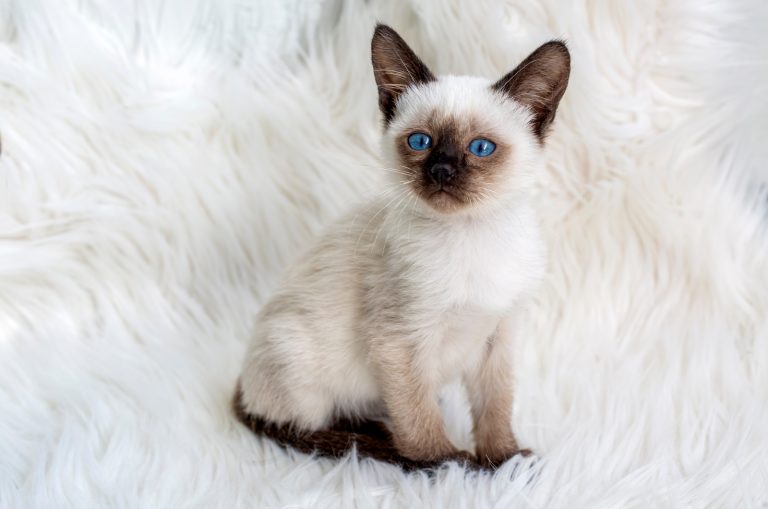Washington Homeowners Battle The Most Persistent Insects Hiding Around Their Houses

Evenings in Washington often carry a familiar rhythm, the gentle hum of sprinklers, the sound of children playing barefoot in the grass, and the soft buzz of wings gliding through the evening air.
But not every winged visitor is as friendly as a honeybee. Hidden among garden shrubs, fences, and porch corners are several insects that can sting, bite, or turn your quiet backyard into a battleground.
Learning which ones to watch for can make all the difference between a calm barbecue and an abrupt retreat indoors.
Yellowjackets
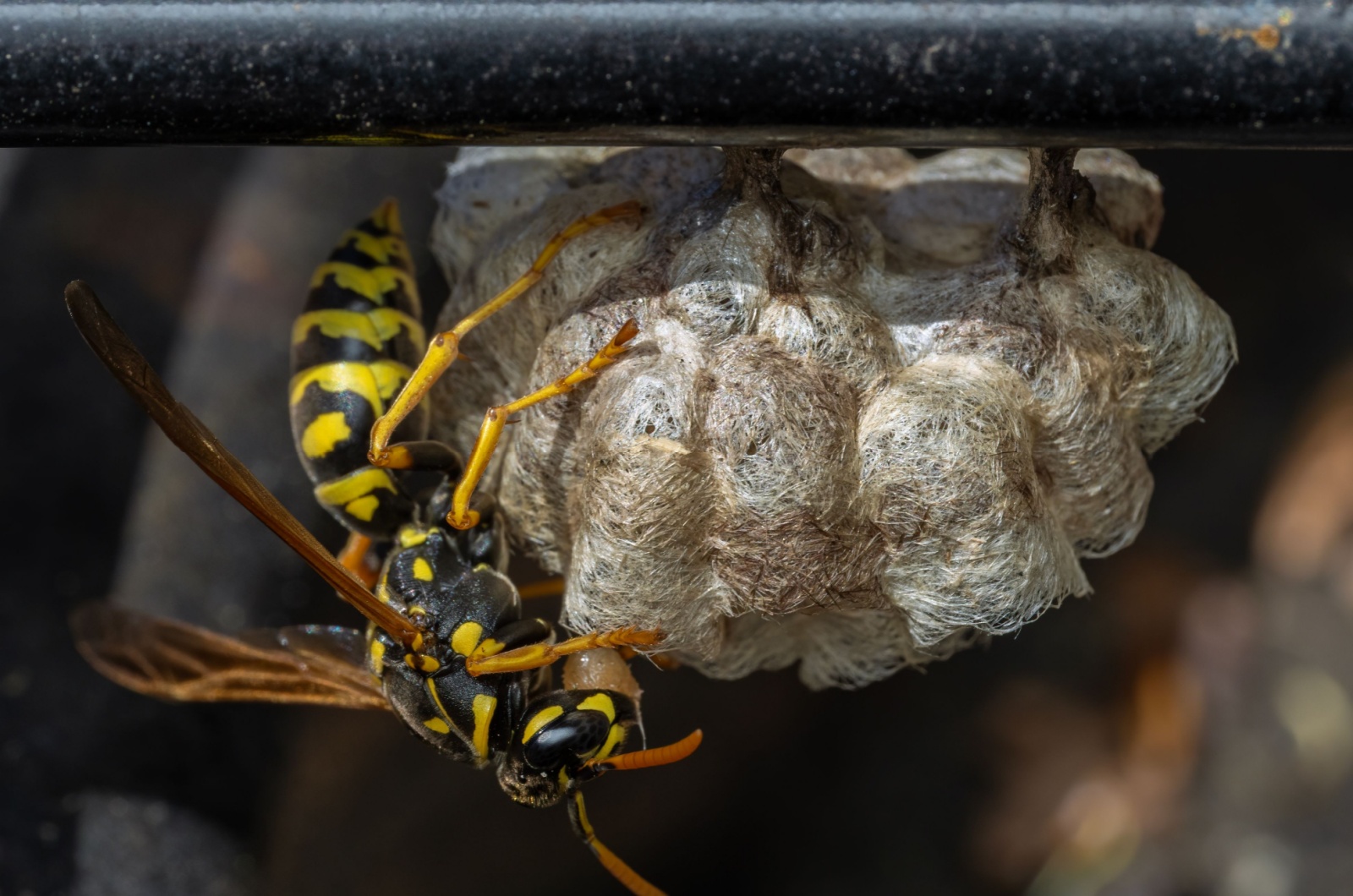
When it comes to backyard pests, few are more feared than yellowjackets. These wasps are bold, territorial, and capable of stinging repeatedly. Their nests often hide underground or beneath eaves, making accidental encounters all too common.
The sting is painful enough to send most people running, and for those with allergies, it can be far more serious. Yellowjackets are also notorious picnic crashers, irresistibly drawn to open cans of soda, sweet treats, and leftover burgers.
Paper Wasps
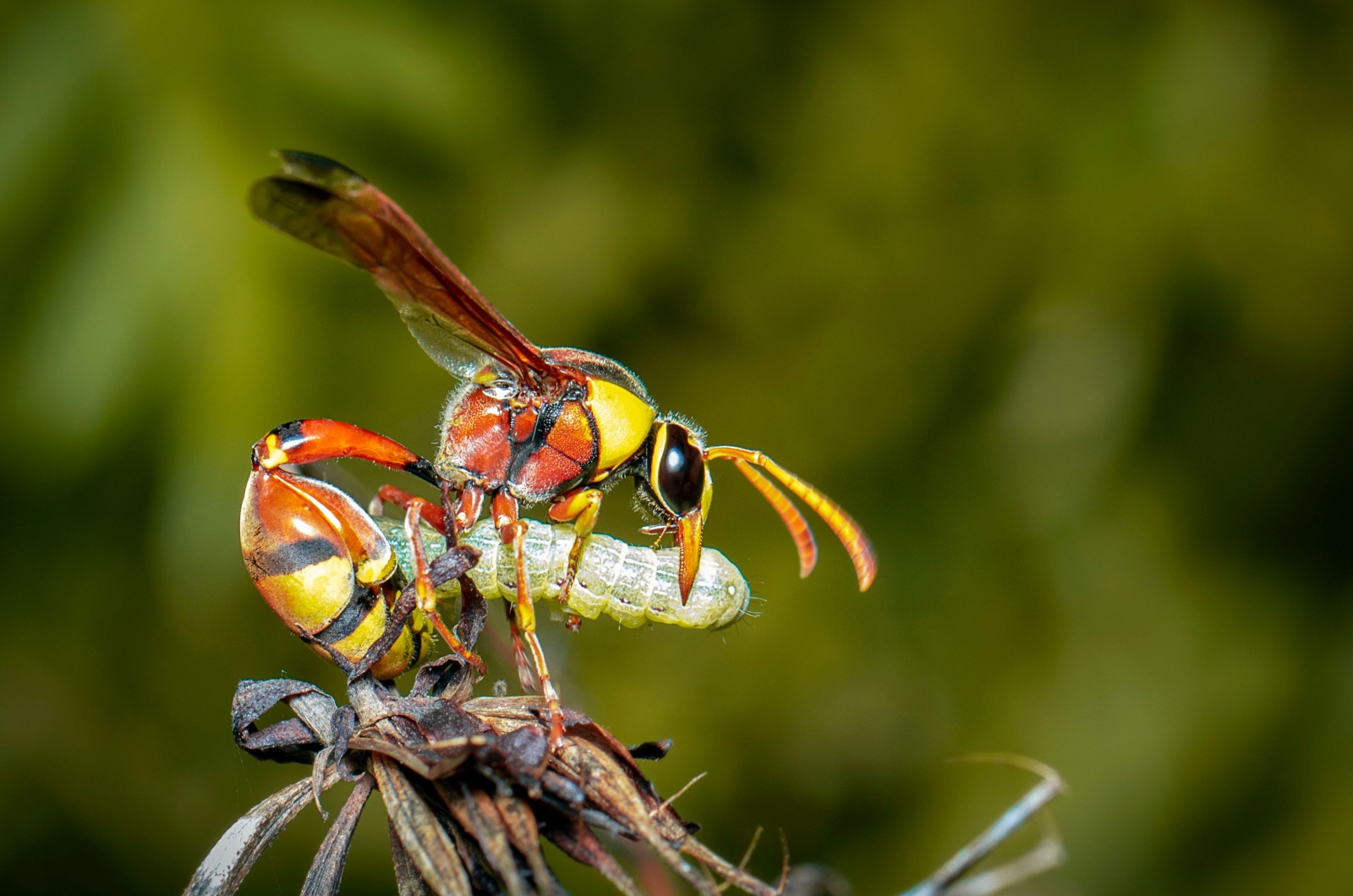
Paper wasps are easy to recognize by their long legs and narrow bodies. They prefer to build umbrella-shaped nests under decks, railings, or rooflines, where they hang quietly until disturbed.
Generally less aggressive than yellowjackets, paper wasps will still defend their colonies if they feel threatened.
Their sting produces a sharp, burning pain that lingers long after they have flown away. Early detection is the best protection, destroying small nests before summer heat arrives can save you from bigger trouble later.
Western Velvet Ant
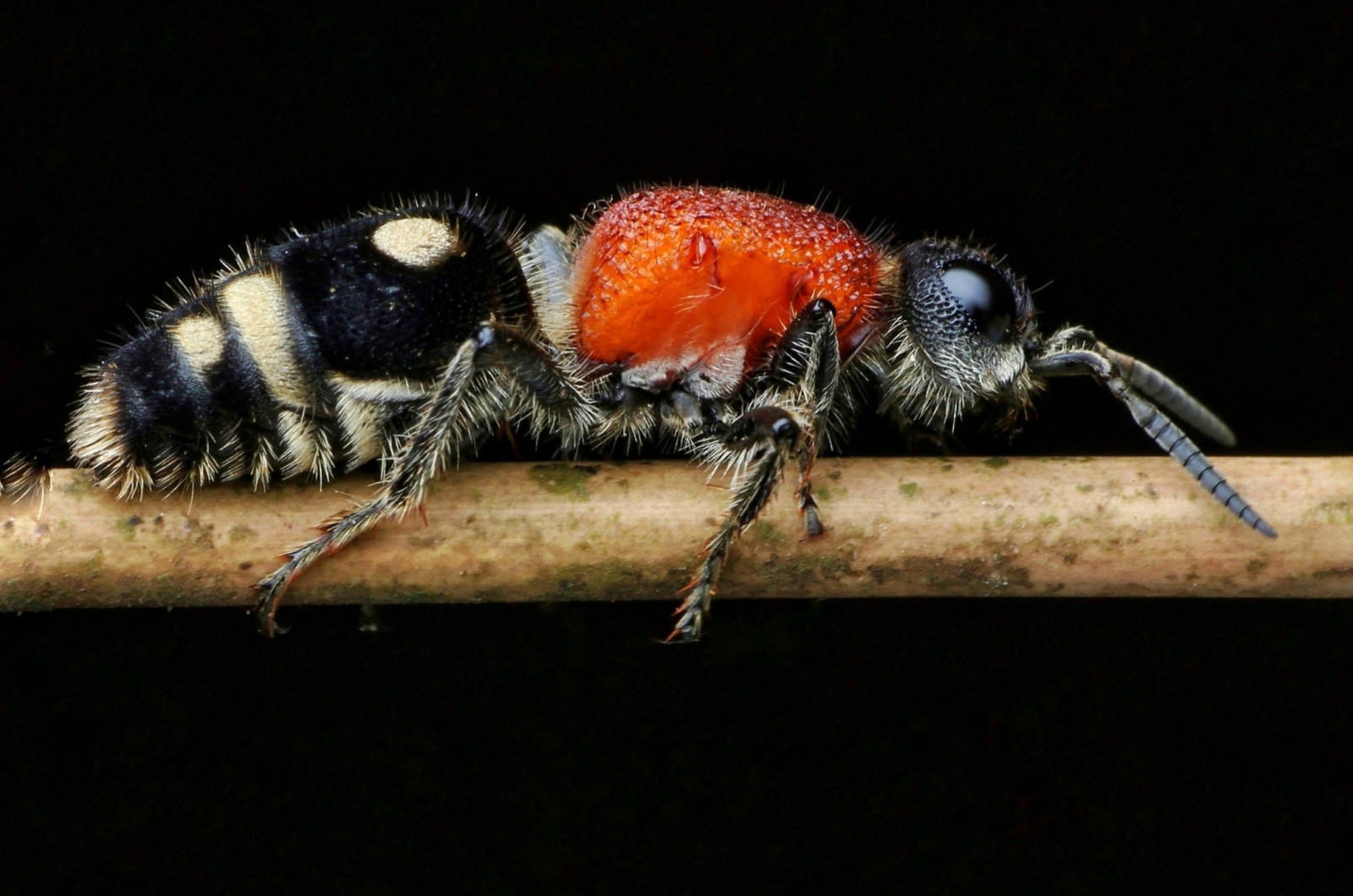
Despite its name, the velvet ant is actually a wingless wasp covered in striking red and black hairs. It has an incredibly painful sting, and roams the ground searching for other insects’ nests.
Encounters are rare, but if you happen to be walking barefoot in the grass, you will definitely not forget the first time you cross paths with one. These insects are solitary, but their sting ranks among the most painful in North America.
Assassin Bugs
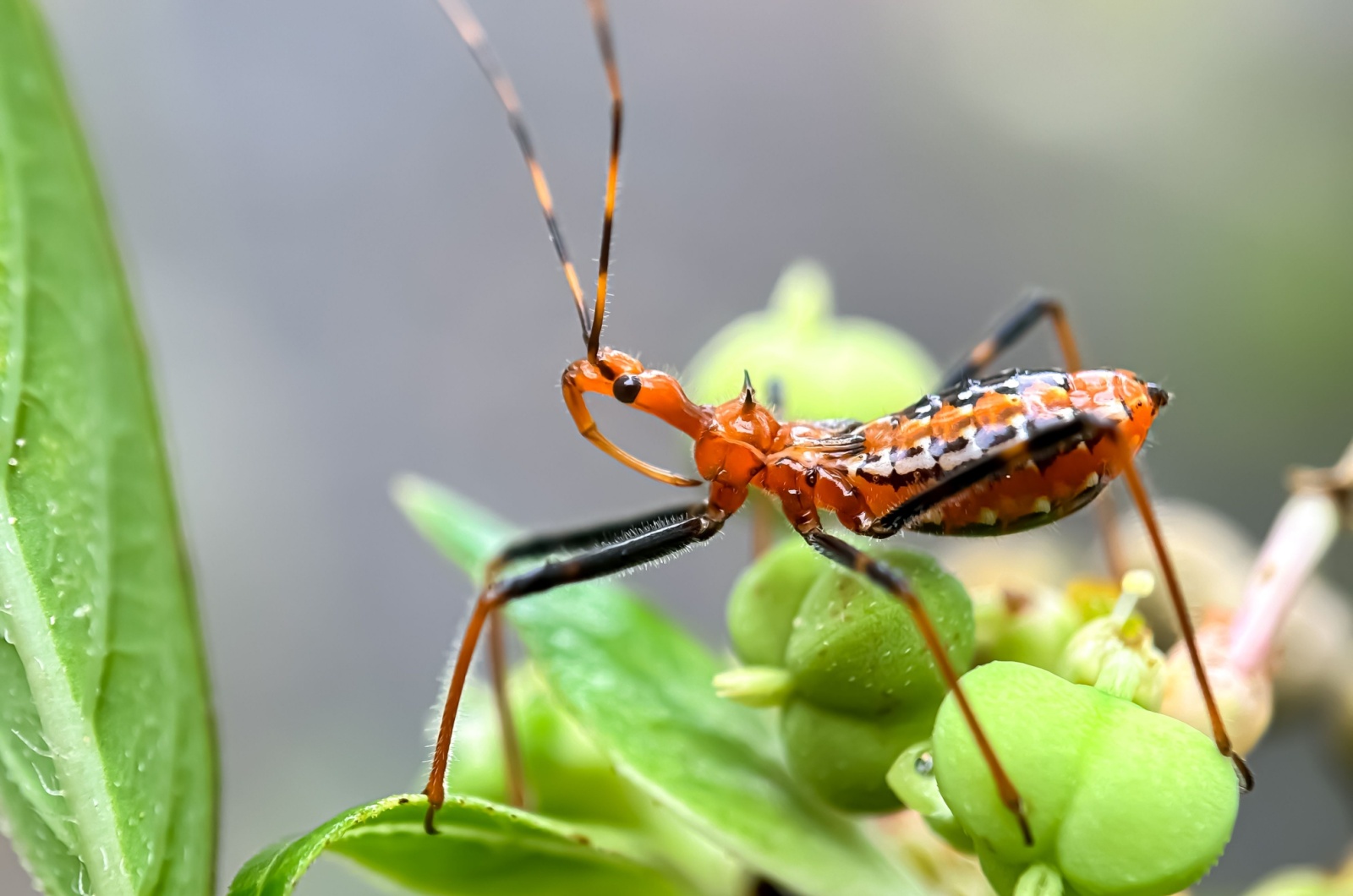
Nature’s little hunters, assassin bugs, help keep other insect populations in check, but they are not exactly friendly neighbours. Using their sharp beaks, they pierce and feed on smaller insects.
Unfortunately, if handled or provoked, they can also deliver a painful bite to humans. Victims describe the sensation as similar to a red-hot needle, followed by swelling or headaches.
While they are useful pest controllers, it is best to leave them alone and avoid reaching blindly into garden gloves or leaf piles where they might be hiding.
Brown Marmorated Stink Bugs
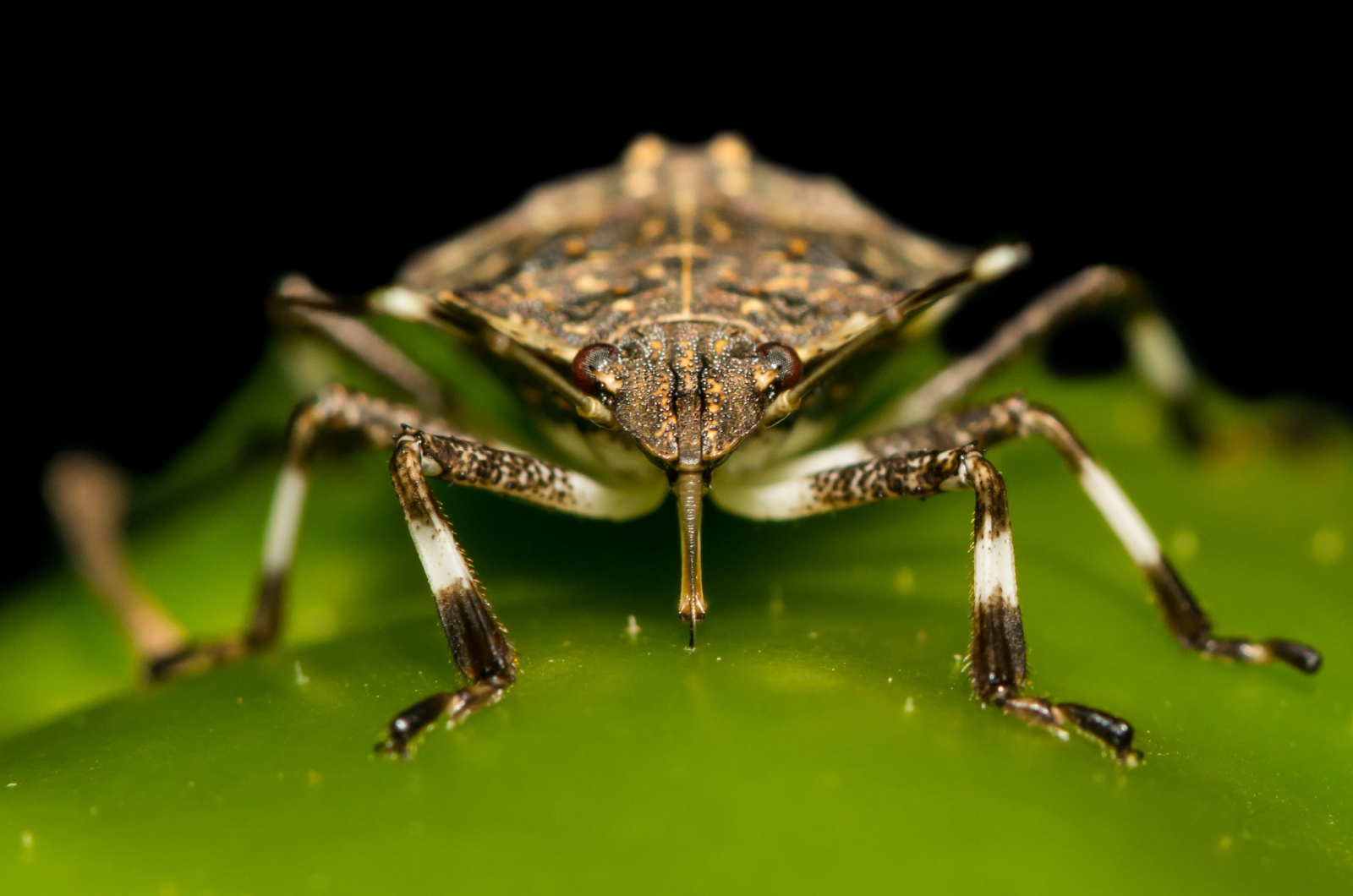
Not all pests are aggressive. Some are just plain destructive. The brown marmorated stink bug is one of Washington’s most frustrating invasive species.
These insects feed on fruit trees, vegetables, and ornamental plants, leaving behind scars and deformed crops.
Crush one indoors, and you will quickly learn where the “stink” in their name comes from. Though they do not bite or sting, they cause headaches for homeowners and farmers alike.
Northern Giant Hornet

Once infamous across the news as the “murder hornet,” this oversized hornet caused widespread concern when first spotted in Washington.
Capable of delivering a powerful sting, these hornets posed an even greater threat to local honeybee colonies, wiping out hives in a matter of hours.
Fortunately, officials confirmed that the species had been eradicated from the state. Even so, their brief invasion reminded residents just how fragile local ecosystems can be when invasive species take hold.
Staying Safe Outdoors
Thankfully, most of these insects do not go out of their way to attack. They bite or sting only when threatened or surprised.
To stay safe, keep outdoor food covered, inspect eaves and fences for nests, and teach children not to swat at flying insects. If you ever find a large nest or swarm near your home, it is much safer to call pest control than to handle it yourself.
Backyards should be filled with laughter, the smell of grilling, and the calm of a summer evening, not buzzing threats.
By learning to identify Washington’s more troublesome insects, you can enjoy your outdoor spaces with confidence and far fewer unpleasant surprises.

